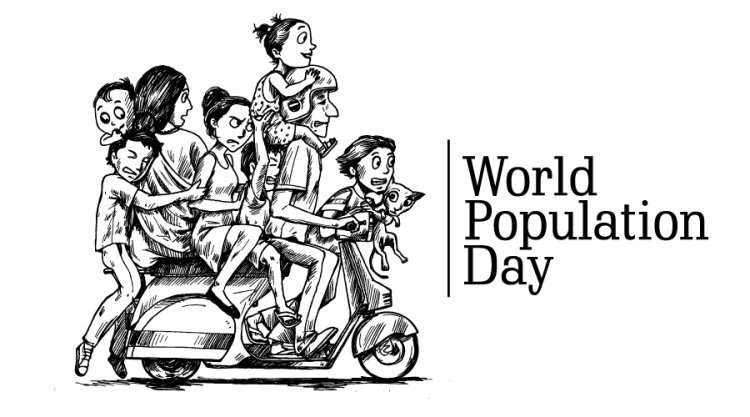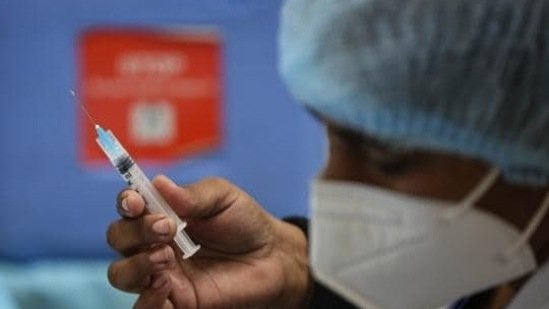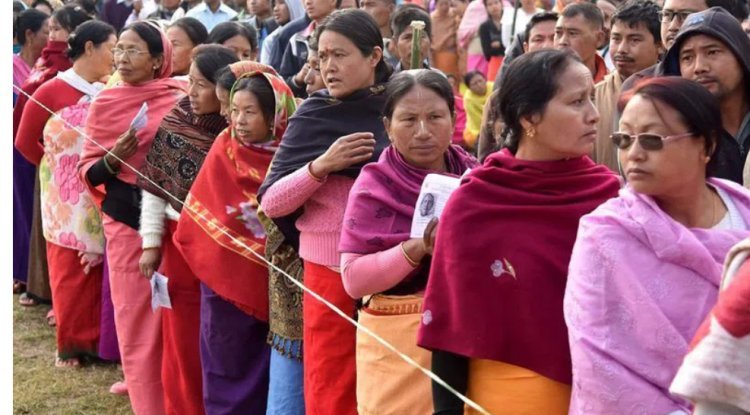World Population Day: Overpopulation's Effects on Public Health in India
Impact of Overpopulation on Public Health in India: From Healthcare Affordability to Declining Fertility Rates

Overpopulation continues to be a pressing issue in India. Since gaining independence in 1947, the country's population has escalated from 336 million to 1.5 billion, sparking concerns about public health, poverty, infectious diseases, and healthcare accessibility. In an interview with HT Lifestyle, Poonam Muttreja, Executive Director of the Population Foundation of India, highlighted, “Overpopulation is often pinpointed as a critical factor impacting public health in India, but this viewpoint oversimplifies the issue. A holistic approach is crucial, moving beyond mere population control to empower women, improve education and healthcare, and bolster family planning and reproductive health services. Clearly, our public health system grapples with a mismatch between demand and supply. However, it's essential to address both demand-side and supply-side challenges for effective solutions.”

Dr. Gandhali Deorukhkhar, Gynecologist and Obstetrician at Wockhardt Hospitals, Mumbai Central, emphasized, “Any discussion on healthcare delivery must acknowledge the critical role played by the human workforce.” According to a 2011 study, India has approximately 20 health workers per 10,000 population, comprising 31% allopathic doctors, 30% nurses and midwives, 11% pharmacists, 9% AYUSH practitioners, and 9% others. However, this workforce distribution is uneven, with many professionals opting to work in areas offering better infrastructure and living conditions. Generally, Northern and Central India's less affluent regions face lower ratios of healthcare workers.
Fertility Rate:
Across 17 out of 22 states, fertility rates have dropped below the replacement level of two births per woman. This decline is evident across all religious groups in India, based on data from the country's decennial census and the National Family Health Survey (NFHS).
Addressing Inequities:
Rather than focusing solely on numerical metrics, it is crucial to harness India's demographic dividend effectively. Identifying and tackling issues such as inequitable distribution, unsustainable consumption patterns, and production methods are vital steps. Addressing these challenges can lead to improved health outcomes and sustainable development. Investing in girls' education and empowering women are key strategies to achieve these goals.
What's Your Reaction?






















